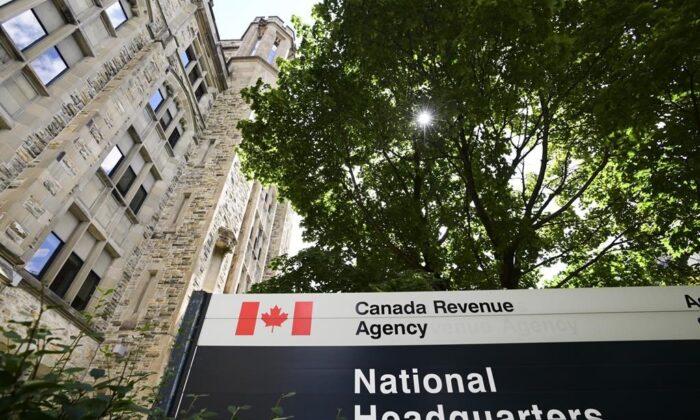The “demographic shock” of mass immigration is aggravating Canada’s affordable housing problem, the National Bank of Canada says in a new report.
NBF documents the population growth for this age group in the first four months of each year. The growth averaged 110,000 between 2007 and 2022. However, this number surged to 278,000 in the first four months of 2023, and then jumped 47 percent in the first four months of this year to 410,000.
The country’s major metropolitan areas experienced the most significant growth. Greater Toronto saw a record population increase of 107,000 at the start of the year, a 66 percent acceleration compared to the growth in the same period in 2023, the report said. Greater Montreal and Greater Vancouver also experienced substantial growth, more than doubling 2023 levels.
“Conclusion: with Ottawa having announced its intention to limit immigration from 2025, it would seem that many people have decided to come to Canada earlier. Housing affordability problems could worsen over the next few quarters, as we head for another record year of population growth,” the NBF report stated.
Impacts
The federal government’s plan to welcome 500,000 new permanent residents in 2025 and another 500,000 in 2026 has drawn considerable scrutiny, with concerns raised about its potential effects on the economy, housing, and services, according to a 2022 report from Immigration, Refugees and Citizenship Canada (IRCC) obtained by The Canadian Press in January through an access-to-information request.Deputy Prime Minister Chrystia Freeland downplayed concerns raised in the IRCC report that large increases in immigration would impact housing affordability. Instead, she said at a Toronto press conference in January that immigrants are a “real driver” of Canada’s economic growth.
A motion from the Bloc Québécois on Feb. 12, backed by all non-Liberal MPs, urged the Liberal government to reassess its high immigration quotas.







